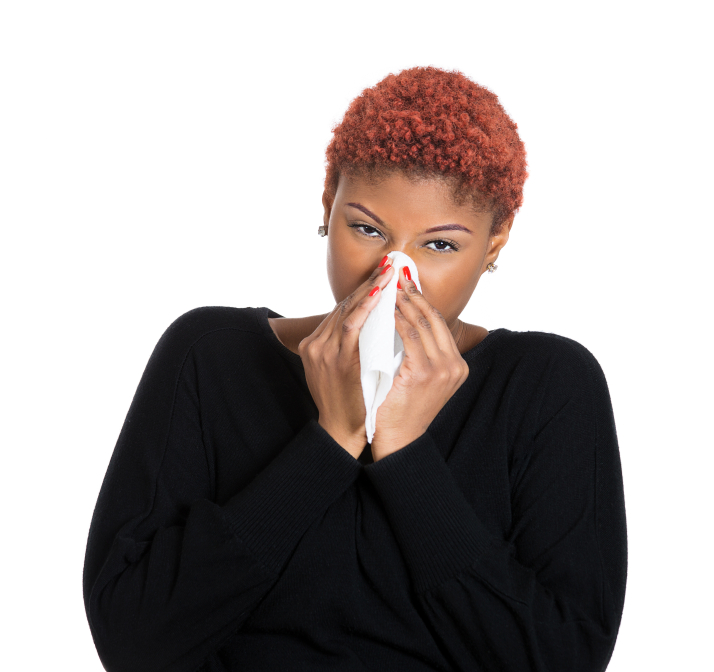
Spring is here and although many of you are excited to have the sunny weather, this unfortunately also means that your allergies are going to start acting up. But before you reach for your antihistamines, read on for some helpful tips on how to make things a little more bearable.
Spring means warmer weather, for some it can also be a season of intense discomfort caused by allergies for many people. Seasonal allergies affect as much as 30% of all South Africans1, but there are ways to limit the discomfort allergies cause,” says Dr Kgosi Letlape, Dettol’s representative and member of The Global Hygiene Council.
1.Pollen
For many people, the change from winter to spring can bring about sneezing, wheezing, coughing, snorting, and itching, due to the increased pollen count in the air. Allergic rhinitis, better known as hay fever, is caused by outdoor allergens including pollen, and certain weeds, grasses and trees. You can minimise your discomfort by:
- Washing your face and hands thoroughly when moving indoors to remove any pollen that may have come into contact with your skin
- Damp-wiping surfaces with cleaning products that are proven to remove allergens4
- Keeping windows and doors closed on warm, dry days when the pollen count is generally high
- Avoiding places such as grassy, open spaces and wearing glasses or sunglasses to stop pollen spores from coming into contact with your eyes
2. Mould
Mould releases tiny spores into the air, which when breathed in, may cause allergic reactions. Certain kinds of mould can be seen with the naked eye but others are invisible. Mould thrives in damp, warm, and humid environments like bathrooms, refrigerators and musty cupboards. You can limit your exposure to mould by:
- Cleaning problem areas such as refrigerator door seals and shower curtains with a trusted cleaning agent.
- Avoiding damp and musty places which are known to house mould
- Keeping your home dry and ventilated.
3. Dust Mites
Have you ever felt itchy or had difficulty breathing during or immediately after vacuuming, sweeping and dusting? This may be due to a dust allergy. The process of cleaning stirs up dust particles, making them easier to inhale. Symptoms of dust allergies including wheezing, coughing, tightness in the chest and shortness of breath. Dust mites are the most common trigger and are often found in pillows, mattresses, carpeting and upholstered furniture.7 To manage your distress, you can:
- Remove carpets, particularly in the bedroom
- Keep pets out of the bedroom, and preferably out of the house
- Minimise the humidity in your home by opening windows or finding other ways of increasing ventilation
- Frequently wash bed linens in hot water
4. Pets
While we love our furry friends, many people are allergic to animal fur. Pets shed dander, which is a combination of dead skin cells and hair (or feathers), which can often trigger asthma attacks and other allergic reactions in some people. 8 If you are allergic to animal fur or feathers, removing them from the home is the most effective solution, but if this isn’t possible you can try the following steps:
- Damp-wipe household surfaces and floors with products that are proven to remove pet allergens8
- Keep pets outside the home or at least outside of the bedroom
- Keep pets off carpets and soft furniture or vacuum and wash carpets and upholstery often
“While you can’t control your allergies, you can control the effect they have on you by changing your household cleaning habits accordingly and target the right spaces” concludes Dr Letlape.




